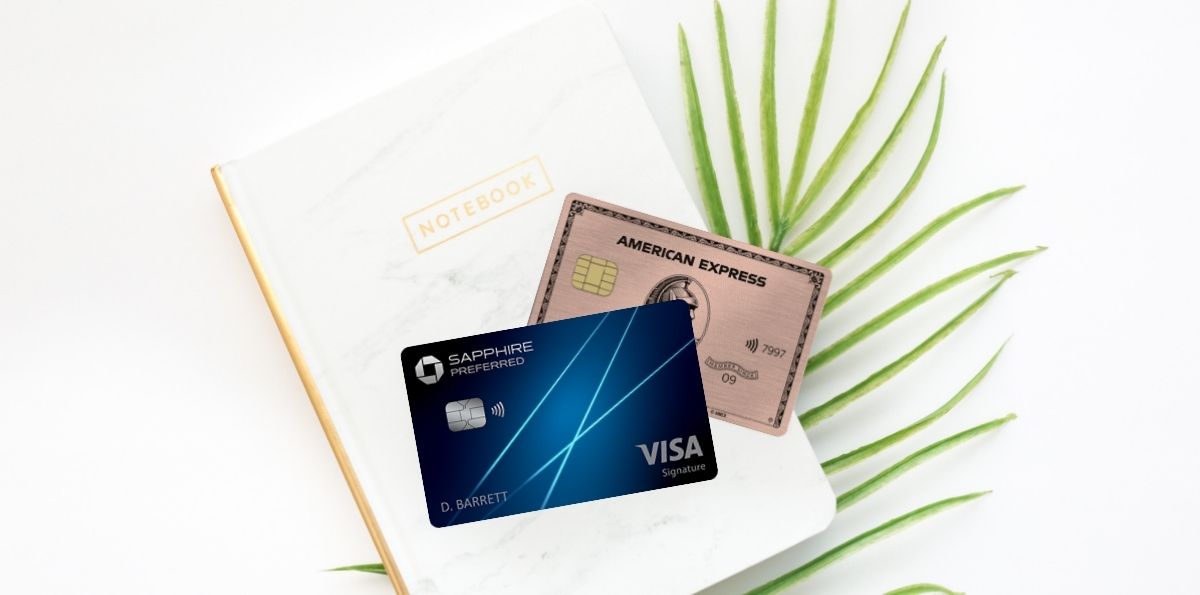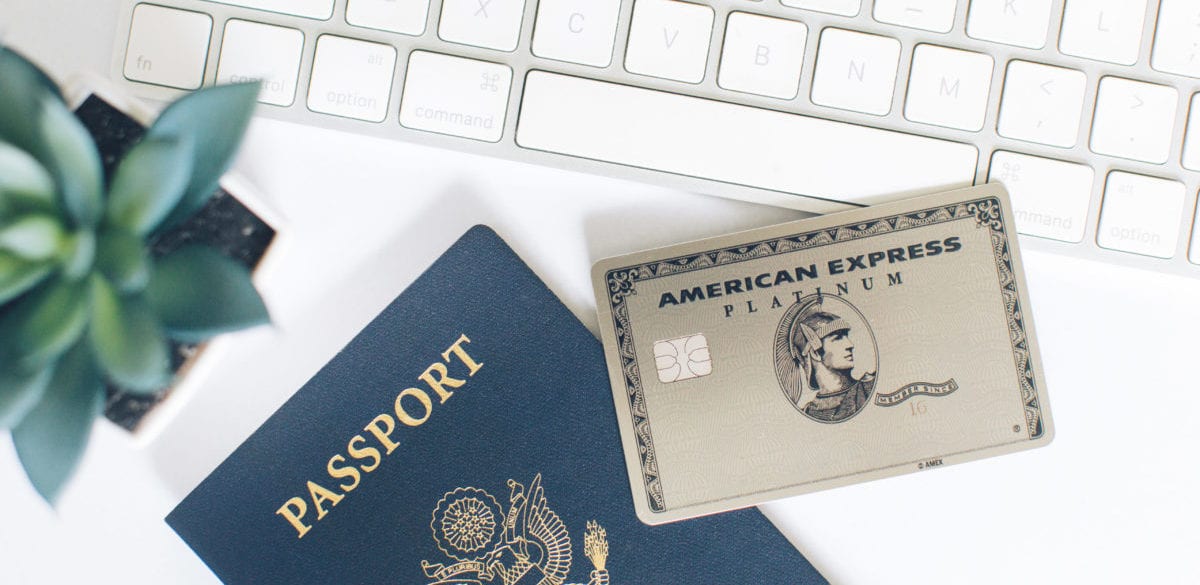For more than a decade, the *chase sapphire preferred* has been a sweet spot in the travel rewards world: Just $95 a year for a rewarding card with solid travel perks … and welcome bonuses that have soared as high as 100,000 points. Even after adding a $50 hotel credit for bookings through Chase Travel℠, the bank left that $95 annual fee untouched.
We don't have any inside intel and I'm not saying it'll happen tomorrow … but now more than ever, it feels like that's due for change: For the first time, an annual fee increase on the Chase Sapphire Preferred Card feels inevitable.
Just last month, Chase rolled out a major “refresh” of its top-tier *chase sapphire reserve*, piling on new statement credits and benefits – while pushing up to a massive $795 annual fee. That leaves an even bigger gulf between the Sapphire cards than ever before, especially considering there’s nothing in Chase’s lineup to fill the middle ground.
The Sapphire Preferred still offers strong value with a current 75,000-point welcome offer after spending $5,000 in the first three months, earning extra points on dining and travel, and strong travel protections. But as Chase leans further into premium cards and trendier “use-it-or-lose-it” perks, it’s fair to wonder: Is a Sapphire Preferred fee increase coming next?
Here's why we think it's likely – and what to expect.
Why Now?
Nothing is official yet, but don’t be shocked if Chase raises the annual fee on the Sapphire Preferred Card sometime soon.
Since launching way back in 2009, the Sapphire Preferred has kept the same $95 annual fee for nearly 15 years – a remarkable run in a world where credit card fees seem to rise every other year. The one wrinkle is that Chase previously waived the annual fee for the first year with the card but stopped that practice in 2019.
Still, at this point, it feels less like a question of if … and more a matter of when the annual fee increases. Just look around and you can see the signs.
Competitors like American Express have made a habit of hiking annual fees across their entire portfolio of travel rewards cards. For years, the *amex gold card* and Sapphire Preferred were seen as fairly even matches: similar perks, similar fees. But after Amex refreshed the Gold Card last summer and raised its fee from $250 to $325 (see rates and fees), that balance is gone.
Related reading: Which Card is Best? American Express Gold vs Chase Sapphire Preferred
The Amex Gold now feels more like a mid-tier lifestyle and travel card, packed with monthly statement credits – the same playbook Amex uses with its ultra-premium Platinum Card.
Chase has already followed that formula with the Sapphire Reserve. Its recent refresh added a long list of statement credits and benefits … and an eye-popping $795 annual fee. That means there’s now a $700 gap between the Sapphire Preferred and the Reserve – a chasm in Chase’s lineup that feels almost too big to ignore.
If you want a travel card with solid earning rates and some extra perks but without a $700-plus fee, you’ll currently have to look beyond Chase.
And here’s another clue: Earlier this year, Chase rolled out a massive 100,000-point bonus on the Sapphire Preferred. That limited-time offer was a big hit – Chase likely added thousands, if not millions, of new Sapphire Preferred cardholders. Raising the annual fee in year two would be an easy way for the bank to make more money off all those new customers.
Add it all up, and the writing’s on the wall: The Chase Sapphire Preferred’s $95 annual fee probably isn’t sticking around forever. Enjoy it while you can.
What to Expect
Let’s be clear: This is all informed speculation. Chase hasn’t confirmed any changes to the Sapphire Preferred – no hints of an annual fee hike, let alone details on a potential refresh.
But if the pattern of recent card updates is any guide (and it usually is), we have a pretty good idea of what could be coming.
Take what happened with Chase’s United cards earlier this year: *united explorer* jumped from a $95 annual fee to $150 (still an introductory $0 annual fee for the first year). That new price point feels like a logical landing spot for the Sapphire Preferred, too – not high enough to scare away most casual travelers, but still a meaningful boost to Chase’s bottom line.
What would justify that higher fee? Most likely, a new statement credit or two. One possibility? Chase could make the current $50 hotel credit a twice-a-year benefit – once from January to June, and again from July to December. Or, they might follow the playbook from the Sapphire Reserve and United Explorer, rolling out a monthly Lyft credit – say, up to $5 back per month. It’s a low-cost benefit for Chase that could easily help offset a higher annual fee.
The bigger wildcard? Points earning.
Right now, the Sapphire Preferred earns:
- 3x points on dining, online grocery purchases (excluding Walmart, Target, and wholesale clubs), and streaming
- 2x points on travel (or 5x when booking through Chase Travel℠)
- 5x points on Lyft rides (through Sept. 30, 2027)
- 1x points on everything else
If Chase wants to make this card more competitive with the Amex Gold, expanding grocery to include in-store purchases would be a big move – though it seems unlikely. A more realistic (and broadly appealing) change would be adding bonus points on gas, which would round out the card’s everyday spending categories nicely.
Bottom Line
The *chase sapphire preferred* has held steady with a $95 annual fee for nearly 15 years – but that may not last much longer. With Chase revamping its premium Sapphire Reserve with a new $795 price tag, a Sapphire Preferred fee hike seems more likely than ever.
If changes come, expect new credits or perks to justify a higher price – but also potentially a shift in how (and how much) you earn. Nothing's official yet, but the writing is on the wall.






